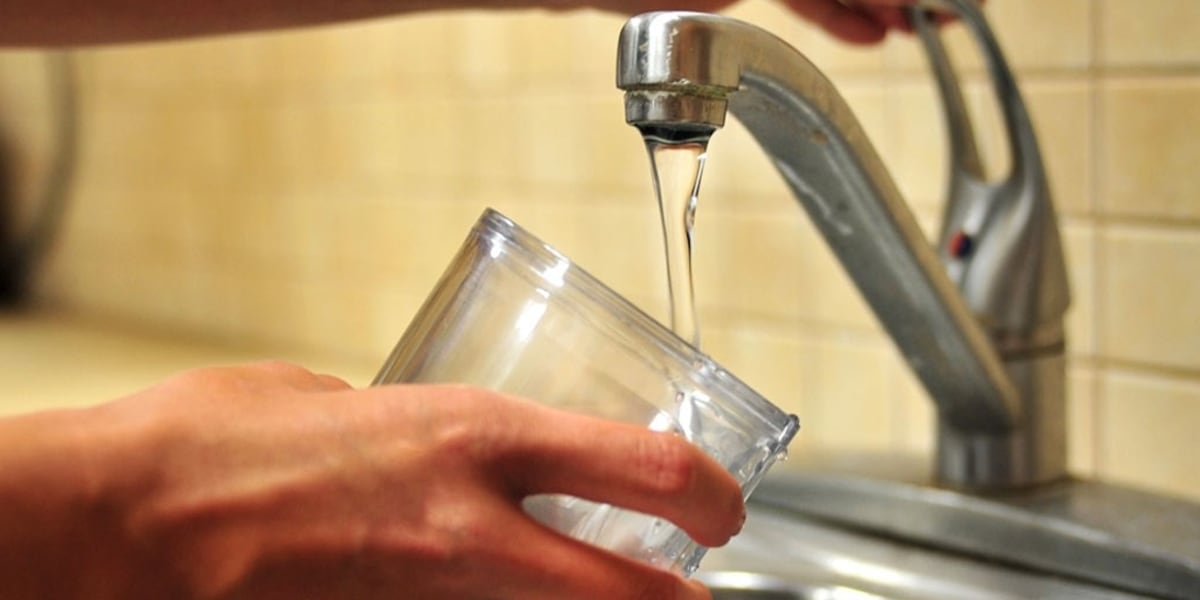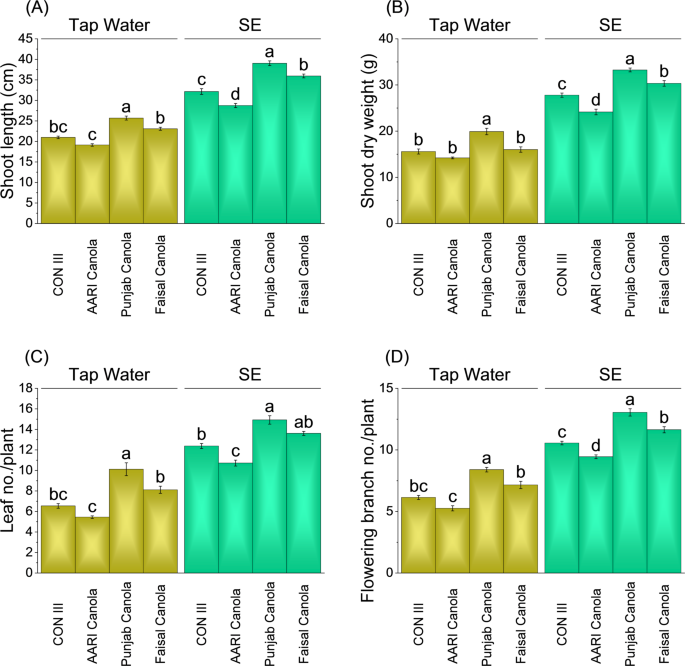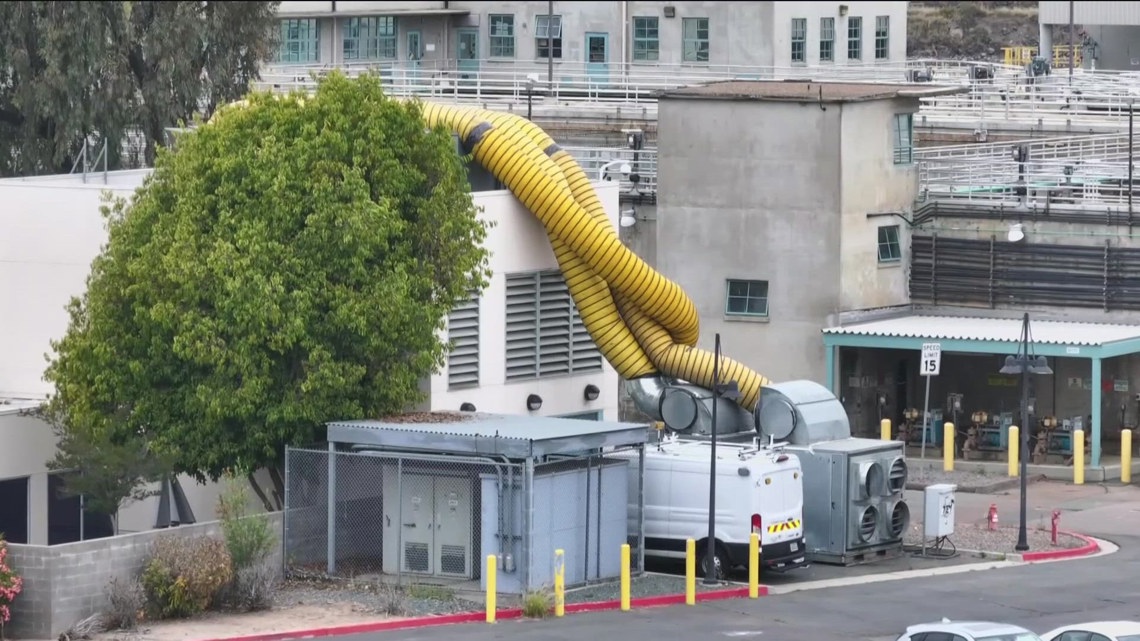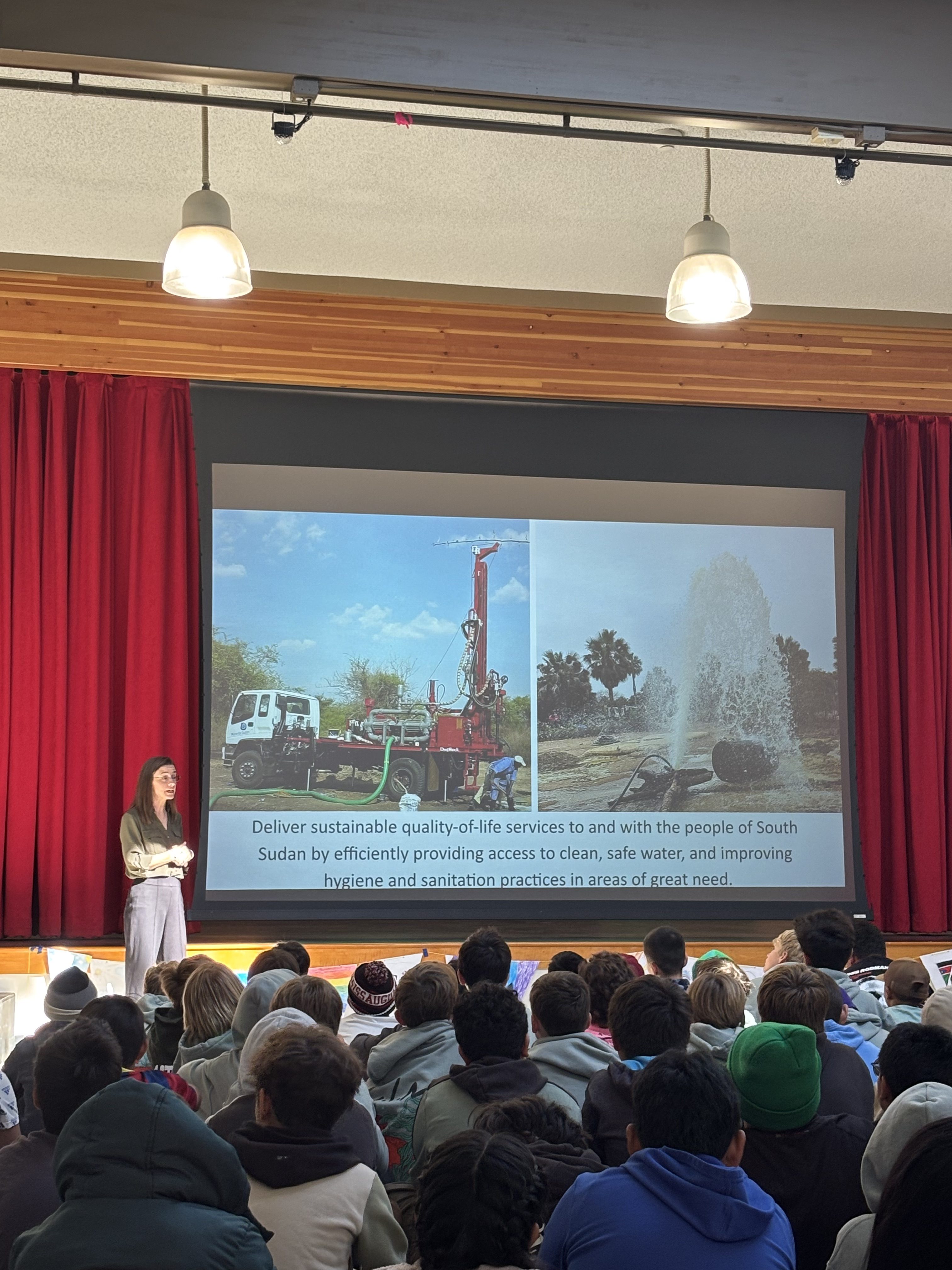Report on Water Service Disruption in Negaunee, Michigan: An SDG Perspective
Incident Overview
A significant water service disruption occurred in the City of Negaunee, Michigan, following a leak initiated during a water service connection by a contractor. In response, municipal authorities have implemented immediate public health and conservation measures. This event underscores the critical importance of resilient infrastructure and sustainable resource management as outlined in the United Nations Sustainable Development Goals (SDGs).
Public Health Advisory and SDG 3: Good Health and Well-being
To mitigate potential health risks associated with reduced water pressure during repair operations, the Negaunee Department of Public Works has issued a boil advisory. This precautionary measure is a direct action to protect community health, aligning with the objectives of SDG 3 (Good Health and Well-being). The advisory is in effect until further notice for the following locations:
- West Water Street
- Cambria & Tilot Road
- Shoreline Drive
- US-41 West of Teal Lake Avenue
Water Conservation Mandate and SDG 6: Clean Water and Sanitation
A city-wide water conservation notice has been enacted for all customers of the Negaunee City Water system. This mandate directly addresses the principles of SDG 6 (Clean Water and Sanitation), specifically Target 6.4, which aims to substantially increase water-use efficiency and ensure sustainable withdrawals of freshwater. Residents are required to take the following actions to reduce water consumption:
- Limit Watering: Cease or reduce non-essential irrigation and outdoor water use.
- Avoid Washing Vehicles: Postpone the washing of personal or commercial vehicles.
- Fix Leaks: Address household leaks in faucets and toilets to prevent water waste.
- Adopt Water-Saving Habits: Take shorter showers and utilize water-saving appliances to minimize daily consumption.
Infrastructure Resilience and SDG 11: Sustainable Cities and Communities
The leak highlights the vulnerability of essential urban infrastructure and the need for its sustainable management, a key target of SDG 11 (Sustainable Cities and Communities). Ensuring access to basic services like a safe and reliable water supply is fundamental to creating resilient and sustainable communities. The ongoing repairs represent an effort to restore this essential service and reinforce the city’s infrastructure. The return of normal water pressure is contingent upon the successful completion of these repairs.
Analysis of Sustainable Development Goals in the Article
1. Which SDGs are addressed or connected to the issues highlighted in the article?
- SDG 6: Clean Water and Sanitation – This is the most prominent SDG, as the article’s core subject is a disruption in the municipal water supply, leading to a boil advisory and a call for water conservation. It directly addresses issues of water quality, safety, and efficient water use.
- SDG 11: Sustainable Cities and Communities – The article discusses a failure in urban infrastructure (a water service connection leak) that affects the residents of the city of Negaunee. This relates to the goal of making cities and human settlements inclusive, safe, resilient, and sustainable, particularly concerning the reliability of basic services like water supply.
2. What specific targets under those SDGs can be identified based on the article’s content?
- Target 6.1: Achieve universal and equitable access to safe and affordable drinking water for all.
- The issuance of a “boil advisory” for specific locations like West Water Street and Shoreline Drive indicates that residents in these areas temporarily lost access to *safe* drinking water directly from the tap. The water is no longer safe to consume without treatment, directly impacting this target.
- Target 6.4: Substantially increase water-use efficiency across all sectors and ensure sustainable withdrawals and supply of freshwater.
- The “conserve water notice” issued to all Negaunee City Water customers is a direct call to increase water-use efficiency. The article lists specific actions such as limiting watering, fixing faucets, and taking shorter showers, which are all measures to reduce water consumption and improve efficiency in response to the leak and repair process.
- Target 11.5: Significantly reduce the number of people affected… by water-related disasters.
- While a single leak is not a large-scale natural disaster, it represents a disruption in essential services caused by a water-related infrastructure failure. The residents under the boil advisory and conservation notice are “people affected” by this event, highlighting the vulnerability of urban services and the importance of resilient infrastructure.
3. Are there any indicators mentioned or implied in the article that can be used to measure progress towards the identified targets?
- For Target 6.1 (Indicator 6.1.1: Proportion of population using safely managed drinking water services):
- The article implies a negative change in this indicator. The number of residents in the specified locations (“West Water Street,” “Cambria & Tilot Road,” etc.) who are under the boil advisory represents a portion of the population that is temporarily not receiving safely managed drinking water.
- For Target 6.4 (Indicator 6.4.1: Change in water-use efficiency over time):
- The article implies an effort to improve this indicator. The list of conservation measures (“Limit Watering,” “Avoid washing vehicles,” “Fixing faucets and toilets”) serves as a set of actions whose adoption could be measured to track an increase in water-use efficiency during the advisory period.
- For Target 11.5 (Indicator 11.5.1: Number of… directly affected persons attributed to disasters per 100,000 population):
- The article provides a basis for this indicator by identifying the affected groups. The “directly affected persons” would be all “Negaunee City Water customers” under the conservation notice and, more acutely, the residents in the specific areas under the boil advisory. The number of these residents could be used to quantify the impact of the infrastructure failure.
4. Table of SDGs, Targets, and Indicators
| SDGs | Targets | Indicators (as implied by the article) |
|---|---|---|
| SDG 6: Clean Water and Sanitation | 6.1: Achieve universal and equitable access to safe and affordable drinking water for all. | The number of residents in specified locations (West Water Street, etc.) under a “boil advisory,” representing a temporary decrease in the proportion of the population with access to safely managed drinking water. |
| 6.4: Substantially increase water-use efficiency across all sectors and ensure sustainable withdrawals and supply of freshwater. | Implementation of water conservation measures (“Limit Watering,” “Fixing faucets”) by city residents in response to the “conserve water notice.” | |
| SDG 11: Sustainable Cities and Communities | 11.5: Significantly reduce the number of people affected… by water-related disasters. | The number of “Negaunee City Water customers” affected by the conservation notice and boil advisory due to the water service connection leak. |
Source: uppermichiganssource.com







